Laguna recently introduced a new lathe to its product line: the Revo 18|36. This tool features a 2HP motor, variable speed control, and lots of neat features for both bowl and spindle work. Paul Mayer has put this lathe through its paces with many hours spent on a variety of turning projects, and shares his perspectives in this in-depth review. Here are his observations.
Power and speed control
One of the most noteworthy attributes of this tool is its power delivery: quiet, smooth running motor and variable speed control. This is a high quality, sophisticated system that accepts single phase 220V power in, and converts it to three phase power using a Variable Frequency Drive (VFD) before delivering it to the 2 HP motor. How does this benefit the user? Three phase power provides a noticeably smoother running system across a range of speeds by controlling the power level at the motor itself, without requiring belt changes for each speed adjustment. On a lathe it is important to maintain smooth transitions from low to high speed, and steady operation with plenty of torque at any selected speed so that you can impart a chatter-free sheer on your work piece.
The 18|36 provides infinitely variable speed within each of two ranges. There is a simple belt change to go from low range (50 – 1300 RPM) to high range (135 – 3500 RPM). Within each power range, the speed is infinitely variable with intuitive dial control. For me, low range is for bowls and most other projects, and I can easily work within the 50 – 1300 RPM range without any need for a belt change. I can also do most of my spindle work within that range, but for turners who like to crank up the speed for spindles, a belt change takes less than a minute and the 18|36 is ready for high speed action. I turned a few spindle pieces with the lathe configured in high range, and it performed impressively, with smooth acceleration and great stability at any RPM.
The sophisticated power delivery system also senses resistance, and compensates by delivering more power as needed to maintain the desired RPM level. I found this to be particularly helpful when operating in the lower speed range while roughing out large bowls. When a large green bowl blank is first mounted, it is critical to maintain a slow RPM (I prefer 200 – 350 RPM for a bowl in the 14” – 16” range) so that blank can be safely rounded and brought into balance. When operating in this slow speed range, the 18|36 stands out in its ability to maintain speed and avoid stalls. As a result, I found I could get a blank round more quickly, and then dial up the RPM to an appropriate speed for shaping operations without stopping the machine. For those of us who have had to disrupt our turning to swap belts for every speed change on the lathe, and struggled to find that “just right for Goldilocks” RPM, the 18|36 comes equipped to delight.
User-friendly control panel
The anodized aluminum control panel is positioned at an ideal height as well as a convenient angle for easy access and viewing of the large format digital RPM readout. Buttons and dials are large, intuitively colored, and provide smooth operation. A large digital display indicates the actual spindle speed with real-time updates. I get the distinct sense that Laguna did their homework here, and anyone who spends a lot of hours in front of a lathe will appreciate the thoughtful ergonomics of this design.
Convenient reverse setting
Having a reverse capability on a lathe comes in handy for sanding projects. Simply flip the switch to change directions, and now you can safely apply sandpaper to the top of the spinning object for better control and visibility, and direct sanding dust right down the gullet of your dust capture system.
Stout frame
The bed on the 18|36 is steel construction, rather than cast iron, which brings stability to the design. Its surface is polished smooth so that the banjo travels on it with low-friction ease. The lathe sits on a pair of massive cast iron legs that absorb vibration and provide great stability when turning large bowls.
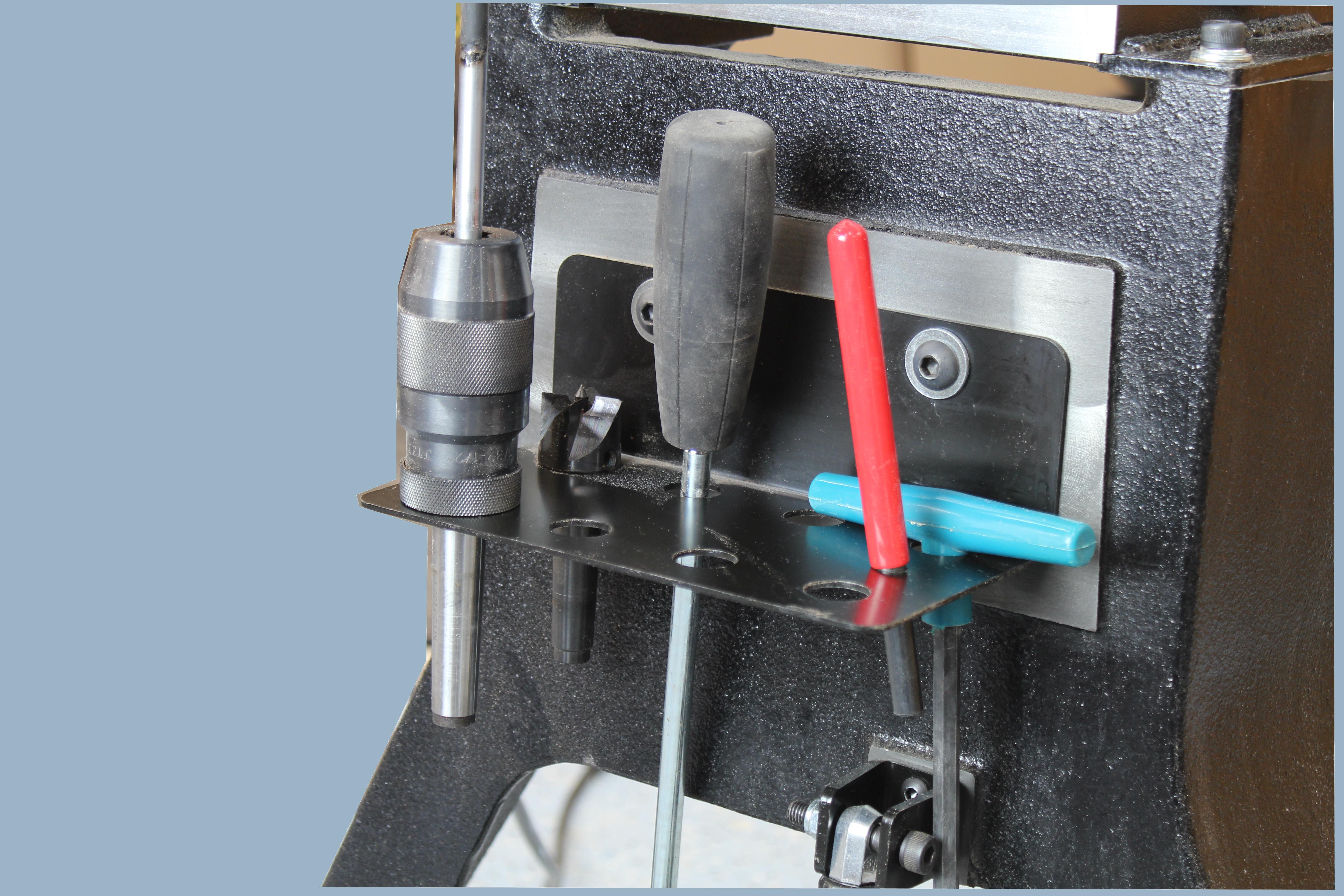
Ample on-board storage
Convenient on-board storage is included to help you keep track of the accessories that you will commonly use.
Impressive Standard tool rest
The standard tool rest that comes with the 18|36 stands out in its class as a solid performing, durable component. The 6mm spring steel tip provides a solid, ergonomic balance point for controlling chisels during turning operations. To me, this essentially means that I won’t have to upgrade to an after-market tool rest as this one should serve me well for decades. Another great detail lies in the mechanism that locks the tool rest into position. The lever locks a collar that wraps around the entire perimeter of the tool rest post, applying even pressure that won’t mar the post’s surface or alter its ability to slide, and holds it solidly under considerable pressure.
Cone shaped headstock
The conical shape of the headstock on the 18|36 extends the work piece outward and while tapering back, providing the user with better access to bowl bottoms without removing the work piece from the lathe. This is not only beneficial with using chisels, but provides great access during sanding as well.
Live Center and Tailstock
I found the standard live center to be robust and effective at holding large work pieces steady during some aggressive turning. Even when turning a spindle that spanned the entire 56” capacity (36” plus the optional 20” extension), the rotation remained smooth and steady. The tailstock is substantial, providing smooth adjustability, and the tailstock quill has an ample 4-1/2” travel with a solid locking mechanism. The quill also has some nice details like laser etched measurements that won’t fade through years of use, and a brass tipped locking mechanism that won’t mar the quill as it locks it into position.
Overall ergonomics, adjustability
The 18|36 is a thoughtfully designed machine in many respects. All of the adjustment levers are large with padded grip areas, and they lock down easily and securely. Users will also appreciate the positioning of the locking mechanisms for both headstock and tailstock which are located on the rear of the machine so as to not interfere with chisel placement during turning operations. The banjo and tailstock are easy to re-position, sliding smoothly on the polished steel bed. The spindle size is 1-1/4” x 8TPI, which is appropriately beefy for a lathe in this class. This machine also includes a neat mechanism to adjust the tailstock if it is not in perfect alignment with the headstock when you receive your machine. Mine was spot-on so I did not have to use this feature.
Indexing
For those who turn fluted columns, the 18|36 provides a mechanism to lock the spindle in fixed increments around the perimeter of the work piece. This feature offers the flexibility to set up for 14, 36 or 48 stops around a rotation, with positive stops at each location for setup consistency.
Some Nice Options Available
Halogen Lights
What a difference it makes to have task lighting right where you need it when you are turning. Having two high quality halogen lights mounted directly to the lathe ensures that you are always working under ideal lighting conditions, and the articulating mounting arms allow you to easily position the lights appropriately based upon the project at hand. On bowl projects I liked positioning one light to project on the outside and one on the inside of the bowl. On longer spindles it was nice to have one light on each end of the spindle.
Bed Extension
The 18|36 functions well on both bowl and spindle work, and the optional bed extension brings additional capacity for both types of work. The extension adds a full 20” of additional length capacity for spindle work, and the step-down design provides bowl turners an additional 7” of clearance between the spindle and the bed which allows for turning of bowls up to 32”. The bed extension also comes with a tool rest height extension to enable placement of the banjo and tool rest on the bed extension which is 7” lower than the bed itself. While I did not turn any bowls with nearly a 32” radius, I did turn a few that were in the 16”-18” range, and had to run the lathe at a low RPM to minimize vibration. That is a large spinning mass of wet timber, and pushes the boundaries of a 500 pound machine. If I were to load up a 32” blank on this machine, I would first build a shelf that spanned the two legs and load it up with 100 pounds of sandbags to further stabilize the machine before powering it up.
“Major League” Mobile Base
The 18|36 is a massive machine, so if you have a small shop like mine, you need the ability to move it around the shop. This impressive mobile base provides large wheels on each corner of the machine, and nicely balanced dual gas struts make raising and lowering a smooth experience. With the large urethane wheels engaged I can easily jockey the machine around my shop with one hand.
Conclusions
This lathe is an absolute overachiever in its price range. One additional feature that I’d like to see on a lathe with this much power is an automatic safety brake that stops the machine when it meets a certain resistance threshold, but this limitation is adequately overcome by having a large, highly visible off switch that is easy to reach. Another minor nit is that I’d like to see the tool rest sit slightly lower. It currently sits just a hair below spindle center, and there are situations where I’d like to have a lower point of leverage. I mentioned this to a Laguna representative who indicated that others users have mentioned it as well and they are planning to offer a lower mount for the tool rest within a few months to address this issue. In the meantime this is not critical to me; just a “nice to have” item when it becomes available.
Overall I think this machine is a winner. Laguna has clearly done their homework, and they seem to be making a statement that they want to be a serious contender in the lathe market. The 18|36 stands out in its class in terms of performance, control, superb attention to detail and ergonomics. Given its robust stature and refined capabilities, the machine seems modestly priced at $2,499.
Source:
Laguna Tools
www.lagunatools.com
800.234.1976
Revo 18|36 Lathe – $2,499
20” Bed Extension – $499
Halogen Lights – $149 ea.
Deluxe Wheel System – $499
Premium Membership
Unlock exclusive member content from our industry experts.
- 24/7 Access to Premium Woodworking Videos, Projects, and Tips
- Step-by-Step Instructional Demos, Plans, and Tutorials
- 50% Off Video Downloads Purchased in the Woodworkers Guild of America Shop
- 2 Printable Woodworking Plans
Unlock exclusive member content from our industry experts.
- 24/7 Access to Premium Woodworking Videos, Projects, and Tips
- Step-by-Step Instructional Demos, Plans, and Tutorials
- 50% Off Video Downloads Purchased in the Woodworkers Guild of America Shop
- 2 Full-Length Video Downloads to Watch Offline
- 2 Printable Woodworking Plans
Gold Membership
$370 Value
Get everything included in Premium plus exclusive Gold Membership benefits.
- 24/7 Access to Premium Woodworking Videos, Projects, and Tips
- Step-by-Step Instructional Demos, Plans, and Tutorials
- 8 Full-Length Video Downloads to Watch Offline
- 3 Full-Length Woodworking Classes to Keep for Life
- 7 Printable Woodworking Plans
- Discounts on Purchase-to-Own Content in the Woodworkers Guild of America Shop
- Access to Ask the Expert Program
- Exclusive GOLD LIVE Streaming Events
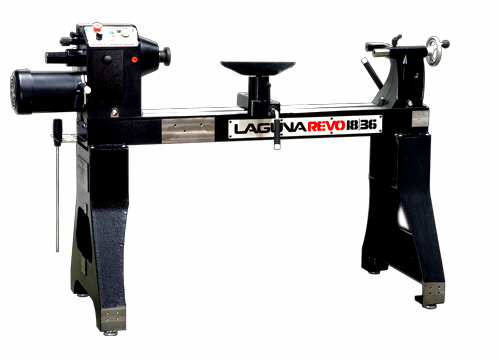
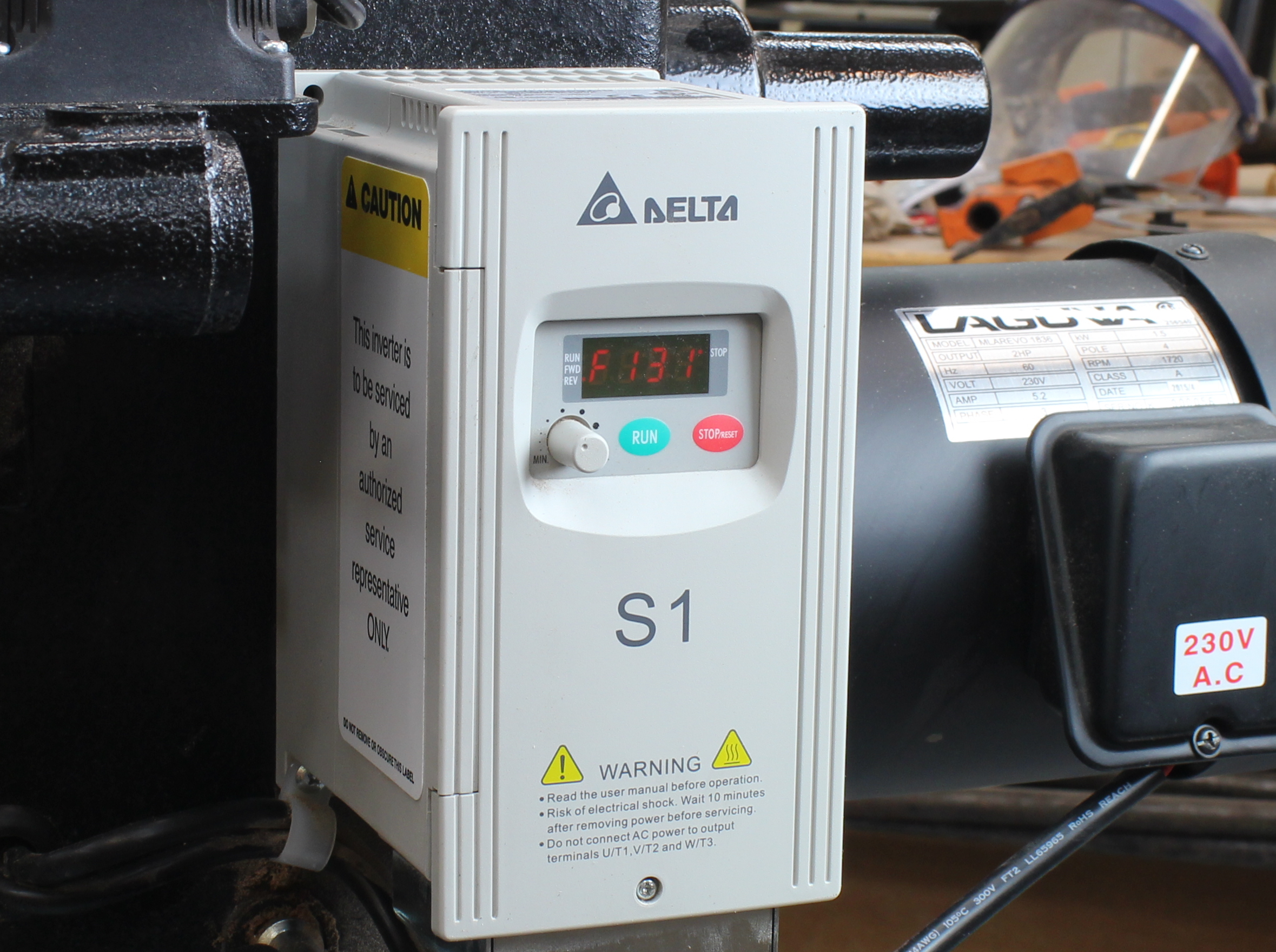


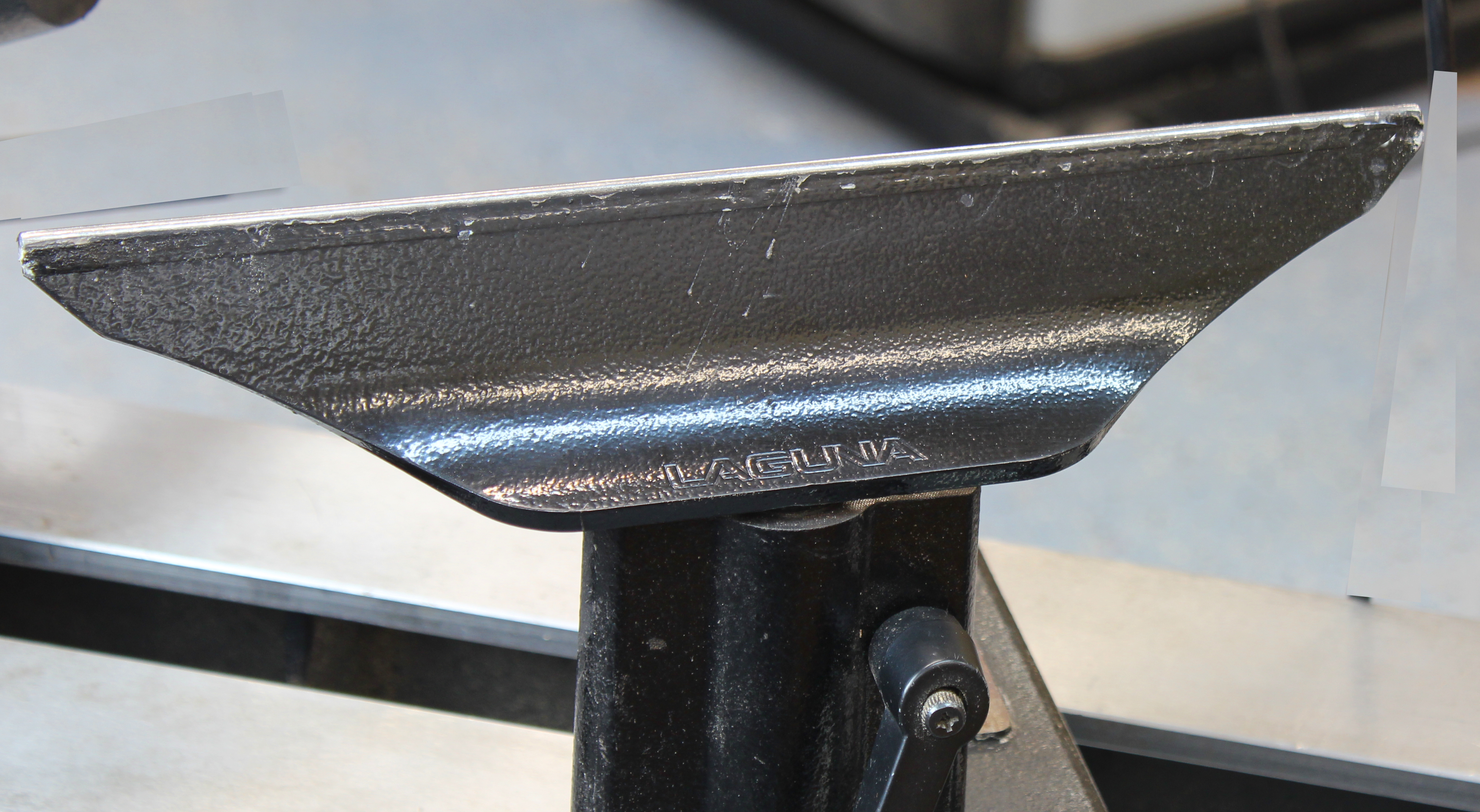

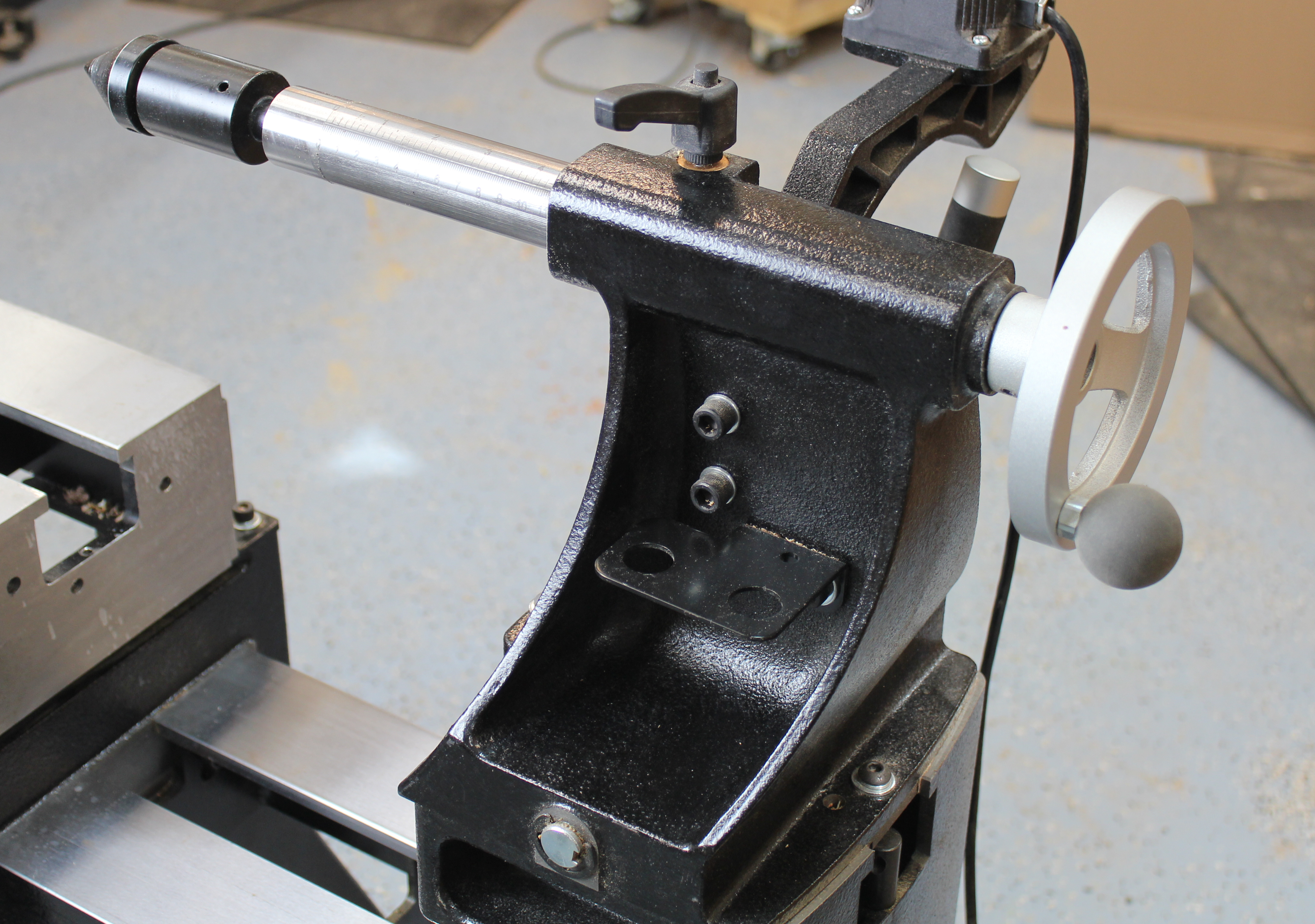
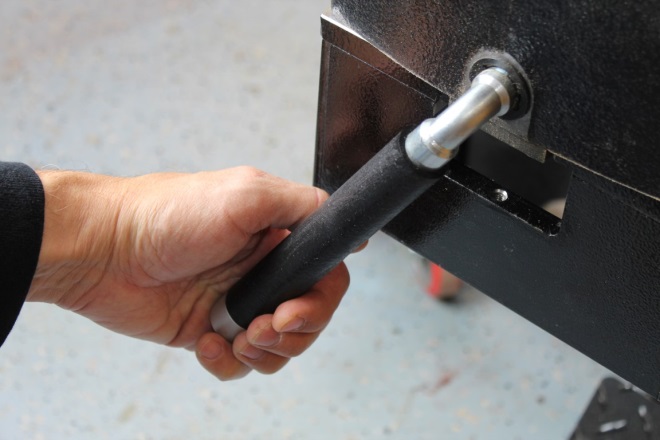
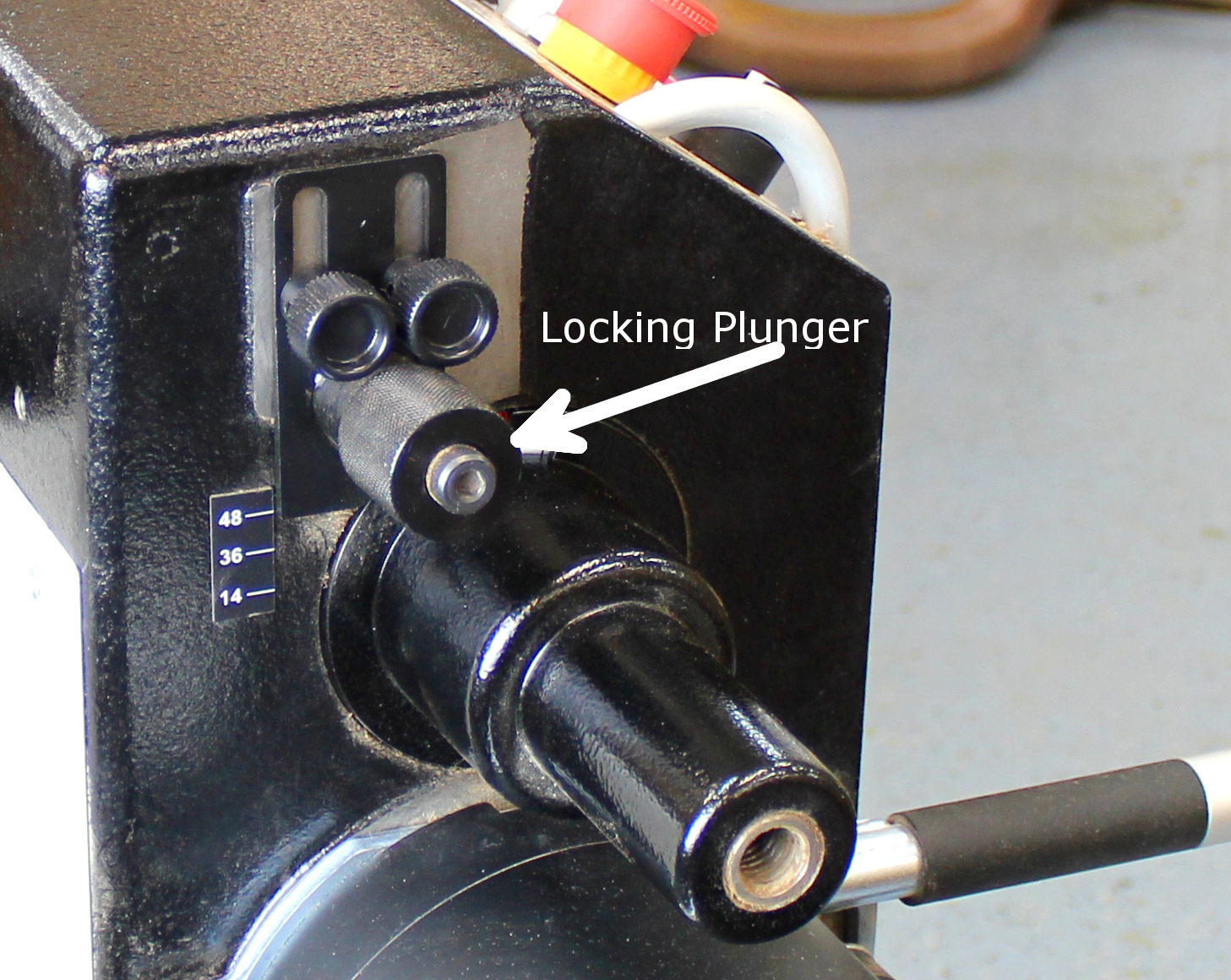
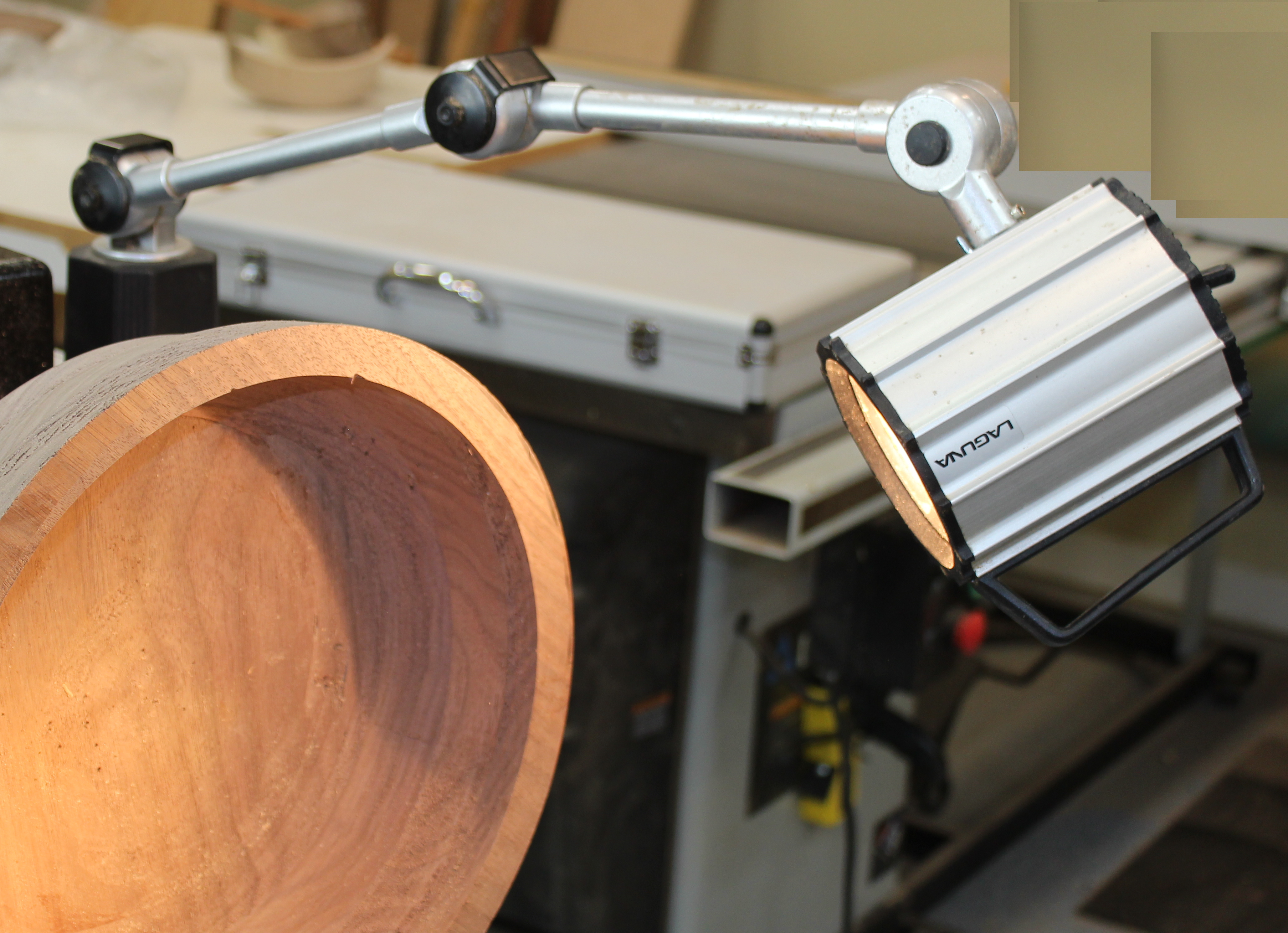
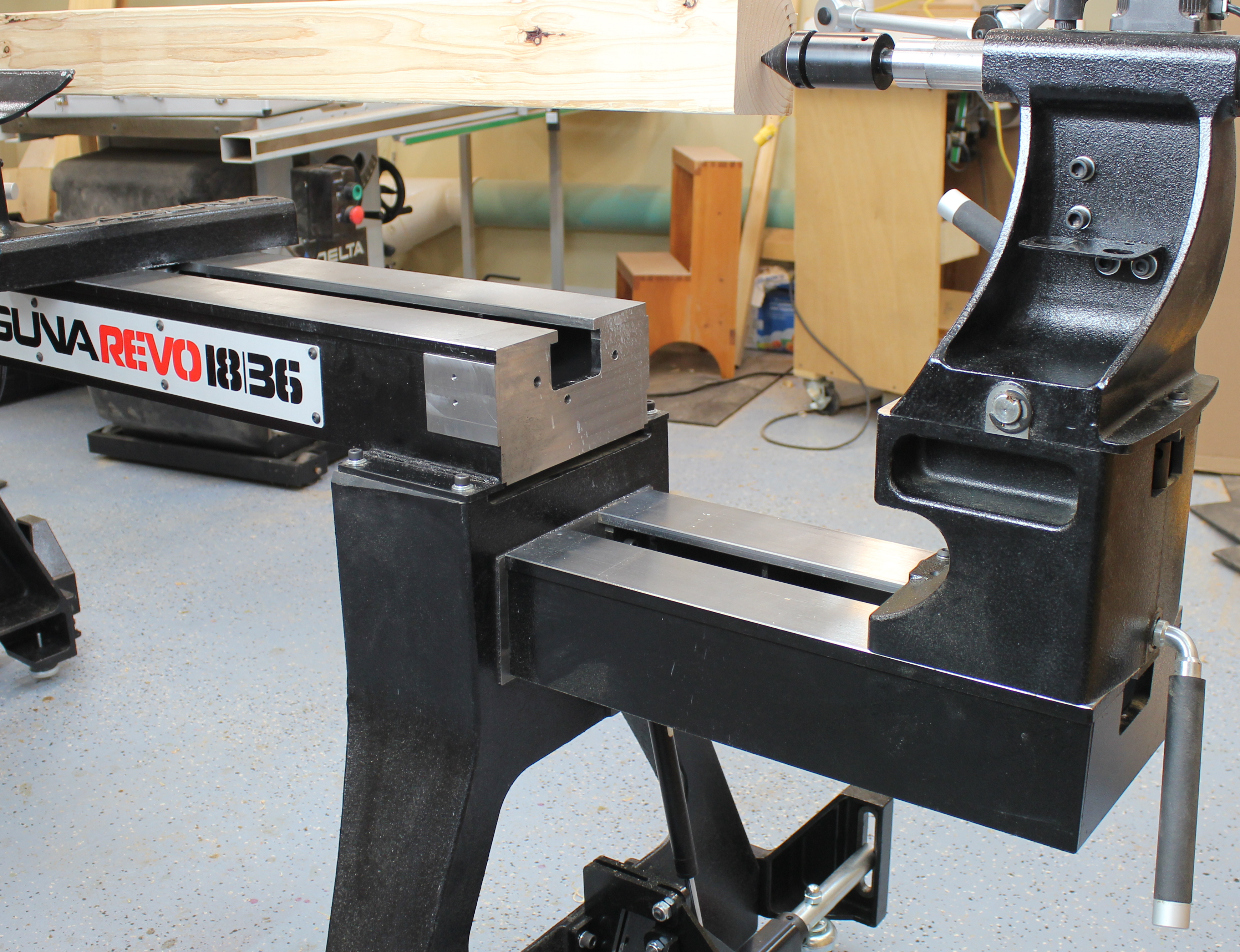

Just purchased a 18-36 lathe 220 volt. Jus reading some possible issues and just wondering if Laguna has upgraded the (VFD) box. Thanks Tony
I noticed that there were issues with the relays. Have they upgraded at all on the 2023 models? I am looking to buy a new lathe and like the look but concerned.
Hi ! Just bought a 18/36 laguna lathe about a year ago. Love the machine, only one issue. The handle for the tool rest doesn t work well and is beginning to stripped, only soft metal. can you help me with this ? Thanks Serge
I recently purchased a Laguna Revo 1836. I haven’t made anything on it yet. One thing I have noticed is that the tool test clamp is very hard to use. The hole is .010 thousandths larger than the shaft. I bought a couple of after market tool rests that are a little easier to tighten to the point where they are secure. Have you heard this complaint from anyone else? I’m hoping I will get used to it.
when will Laguna run their next discount on lathes ?
Has anyone bought/used the Revo 15/24 wood lathe any and all Pros & Cons would be helpful. Thanks
Review of the Laguna REVO 1524: The Good and Not-So-Good I selected the new Laguna REVO 1524 for several reasons: its size, its 1.5 horse power (110V) motor, the ability to adjust the height, center-to-center adjustment, and reputation for quality. The lathe arrived and, using the excellent instructions, was assembled with no difficulties. Out of the box there were two problems detected: a clicking sound coming from the head stock, and a stripped screw head that made it impossible to use the precise position function to align the lathe. I called customer service and, after a nice chat, I sent a picture of the stripped screw and a video of the clicking sound. The customer service rep determined that it was the bearings causing the clicking sound. Laguna send me a replacement screw which allowed me to fix the center-to-center adjustment and replacement bearings. I then requested a tech call me to advise me over the phone on replacing the bearings. After a week or longer with no response, I emailed my contact and received via email a page of instructions for changing the belt and bearings. I found the instructions less than detailed and asked for some additional details. I received a link to a YouTube by Mike Waldt (2017) replacing the belt and bearings on an Axminster lathe. I watched the video, but again did not consider that information to be sufficient. I was originally told that a tech would talk to me about the replacement of the bearings, but later got an email which stated that no tech would be available to talk me through the installation of the bearings due to company policy. I have made several attempts to talk with a tech advisor, but the tech support phone line has a mail box that is full. I also tried by email and got a reply stating that they had done all they were required to do and indicated that my request for tech support over the phone was unreasonable. In summary, the REVO15224 is a solid lathe with good power and is a good size for a smaller shop. However, if you need tech support, I wish you better luck than I had.
I BOUGHT A NEW 18/36 , DO I NEED TO ADJUST THE VFD I CANT FIND ANY INFO ON IT
Purchased an 18/36 a couple of years ago. two items could be improved. 1) Replace the mechanical relay with an electronic relay. After about 1 year, the relay contacts pitted and the lathe would intermittently fail to start. Laguna customer service was quick to respond and the replacement relay arrived shortly. Panel screws located under the handles is a bit of a pain, but the relay replacement did not take long. 2) The auxiliary lights have halogen lamps which have a hot-spot field which can be annoying. The lamp and transformer can be easily replaced with an LED down light from the big-box DIY store. I do mainly segmented bowl and spindle turning. The lathe performs nicely. Smooth, even power. The lathe will run from a 220VAC dryer connection without problem. If you are interested in the VFD drive, the technical manual for the VFD controller can be easily located and downloaded. Normal use of the lathe does not require any knowledge of the VFD controller.
I purchased this lathe last summer it worked for five months then died. I was told it needed a new relay which they sent me. I tried to access the headstock components via the access panel but one of the screws is stripped and I can’t remove the cover. Laguna has been nothing but a PIA about this. Horrible customer service. I would highly recommend you avoid Laguna.